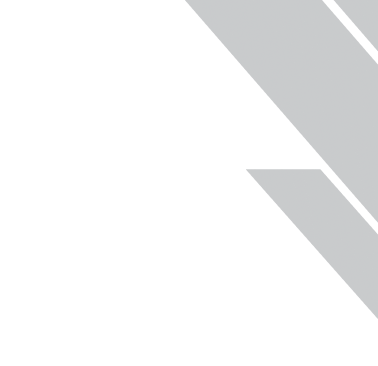Warehouse Logistics Solutions and Distribution




Warehouse Logistics Solutions and Distribution
Optimize your warehouse operations with Herc-U-Lift. Discover expert solutions for efficient storage, inventory management, and logistics tailored to your needs.
Find Out Why Herc-U-Lift Has So Many Longtime Customers
bringing it in to the time they’re sending it out so we can see
the whole process. This might take the whole day, and then we’ll
come back with a plan.”
– Barry Jacobson, Herc-U-Lift Sales Manager
but the most important is having the right piece of equipment
in the right operation.”
– Will Lacina, Herc-U-Lift Development Manager
expenditures, our finance team can customize a contract to your
needs. Every business has different financial pressures. We can
help alleviate yours.
each customer with minimal travel time, and when you sign up for
our Planned Maintenance Program or a Full Maintenance Plan you
will not be charged any travel time on maintenance service. Our
techs will also prevent travel charges by consolidating repair and
maintenance visits.
delivery or line up a time soon afterward to show the customer
how to operate the machine, give maintenance instructions, and
answer any questions they have.”
-Joe Gerdes, Herc-U-Lift Territory Manager
them. Emergencies rarely happen between nine and five, Monday
through Friday. We’re available to our customers anytime to help
with anything they need.”
-Joe Gerdes, Herc-U-Lift Territory Manager
Six Things Every Warehouse Professional Should Know:
1. Capacity specifications have caveats.
A forklift’s maximum capacity refers to the total weight the machine can lift when the load is four feet long and the load center is 24 inches wide. A wider load or the use of attachments will decrease the maximum capacity as will operating at maximum height. Understanding the lift’s capacity within the context of your operation will prevent equipment damage and accidents. When it comes to mobile elevating work platforms (MEWPS), it’s important to know that OSHA has changed its safety requirements. As of 2021, all aerial lifts must have a safety sensor to prevent operation when the machine is loaded above its official weight capacity. In other words, you can no longer count on any wiggle room when considering a MEWP’s maximum load. When the lift exceeds its weight capacity, it will simply stop working.
2. The lifespan of a forklift is predictable.
Every machine reaches an age when it’s no longer the most economical option. If properly maintained, most forklifts will provide 10,000 hours of efficient service. After 10,000 hours, your maintenance costs will probably increase dramatically, meaning it’s time to look at refurbishing or replacing your lift truck. By tracking your hour meter over several weeks to find your average usage, you can calculate approximately when you will reach the 10,000-hour mark and need to update your equipment.
3. It’s crucial to calculate your truck’s cost per running hour.
The industry rule of thumb is no forklift should cost more than $3.50 per hour to run. A good service technician will alert you to red flag repairs that indicate your machine may no longer be economical while a qualified materials handling professional can help you calculate your cost per running hour and compare it to the price of leasing or purchasing new equipment. Herc-U-Lift customers who utilize our Planned Maintenance Program or Full Maintenance Plan benefit from equipment reports that keep them up to speed on each machine’s cost per running hour.
4. New equipment can be cheaper than a new warehouse.
Decreasing the width of your aisles can dramatically increase your warehouse capacity. For example, reducing a standard 11-foot aisle to nine feet might increase your storage space by 25%. Changing your aisle width, though, often necessitates changing your forklift fleet. VNA (very narrow aisle) forklifts can work in aisles as slim as 5.25 feet (1.6 meters), giving you access to more vertical space. Our warehouse and logistics experts can lead you through a cost/benefit analysis to discover the best warehouse design and equipment for your enterprise.
5.Lead times vary by manufacturers.
You’ve probably heard about supply chain problems and experienced some delays in receiving orders. It’s important to understand that while some manufacturers are filling orders without delay, others are behind schedule. Ask us how far in advance you should order your equipment type and what kinds of guarantees and exceptions the manufacturers are offering in light of unusual market conditions.
6. Leasing is often more cost-effective than ownership.
Many materials handling managers find it more economical to make a long-term lease than to buy equipment. A lease can cover the costs of proper maintenance and provides the customer with more flexibility. A fair market value lease often delivers the lowest cost of ownership. At the end of the contract, you can turn in the machine or buy it for the fair cash value. Ask our finance team to help you find the most economical way to equip your operation.

